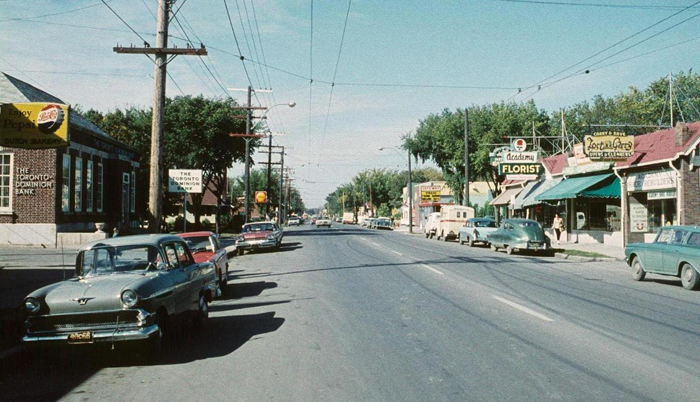By: Steve Lafleur
I moved to Winnipeg just over a year ago. I knew very little about the city, and I moved on short notice, so I solicited opinions on which neighbourhoods would suit my needs. The two that came up most frequently were Osborne Village and Corydon. I wound taking the latter route, and moving to River Heights. While I see the appeal, River Heights is not for me.
[related_content slugs=”osborne-village-could-one-day-be-among-the-best-neighbourhoods-in-canada-but-it-isnt-yet” description=”More from Steve Lafleur” position=”right”]
For some background, I’ve spent most of my adult life floating around North American cities. In the last few years I’ve lived in Toronto, Waterloo, Portland, Calgary, Regina, and now Winnipeg. In every case, I’ve chosen to live in walkable neighbourhoods. Having grown up in suburban communities across Canada, I’ve determined the suburbs aren’t for me (and neither is urban driving). And while some parts of Corydon are very walkable, River Heights is not. I mainly telecommute (I’m at my office a little over 100 times per year), so my transportation needs are much more flexible than most people. Yet, River Heights didn’t quite work for me.
I leased a townhouse near Corydon on Niagara, which is a charming street. It is across the street from a 7-Eleven and is proximate to a couple of wine bars, though it is a brisk 25 minute to grocery stores and coffee shops – two of the primary things I look for in a neighbourhood (a nice little coffee shop opened across the street recently, though it is closed on Mondays, which happens to be a day I would use it most). One of the first things I noticed upon moving in was the lack of a hardware store within a 20 minute walk. Getting on the bus or taking a cab to get some nails to hang up shelves seemed like a waste of time, so it took me weeks to get around to it. If you can’t walk to a hardware store in under 20 minutes, you don’t live in a walkable neighbourhood.
Since the city hasn’t noticeably increased the number of taxi licenses since the ’50s, taxis haven’t solve the proximity issue, and transit is geared towards student schedules since the neighbourhoods has few “choice riders” such as myself. Poor drainage on many Corydon sidewalk segments on the way to Osborne means walking through four inch deep puddles (or walking in the middle of Corydon) during the spring, and I’ve on numerous occasions decided to just not go to the office in the winter because I missed the bus and couldn’t get a cab. The last straw for me came when I walked to a nearby deli to buy bread for dinner and realized they’d closed at 6pm.
This shouldn’t be taken as a diatribe against River Heights. The neighbourhood serves the types of people that live there – or at least to a large extent. Minor tweaks such as improving sidewalk drainage, rendering crossing Academy non-suicidal, and increasing the number of taxis would make it more appealing to people like me. The small number of local stores don’t stay open late, since River Heights is dominated by families that are less likely to wander over to a coffee shop or deli at 10pm than yuppies like myself because there simply isn’t demand. Not much can be done about that.
One potential way to attract people like myself to River Heights would be a significant increase in bus frequency. Transit routes through the neighbourhood, such as the 78 – Crosstown West, are geared primarily towards university students, hence, frequencies are reduced outside of the school year. As far as I can tell, few students actually board in River Heights. It appears to simply be on the way. Given low ridership, and neighbourhood demographics, it seems unlikely that a significant transit expansion would do much to generate ridership. I would have actually preferred increasing frequency of the 22 – Assiniboia Express on Portage (my connection), which could likely be justified based on demand. This would knock 5-10 minutes off the commute each way for riders heading to and from Unicity (such as myself), who would otherwise catch the 21, which makes more stops. Waiting up to 15 minutes for a bus during the day isn’t so bad if you don’t have to wait again for the connection.
River Heights is an excellent neighbourhood that has no problem attracting residents willing to pay a pretty big premium to live there. As such, there is no reason to re-orient the neighbourhood to attract people who tend to locate elsewhere. Communities tend to self-select based on preferences, and that is fine. In that spirit, I’ve since moved to Osborne Village.
—
Steve Lafleur is a policy analyst with the Frontier Centre for Public Policy (www.fcpp.org).
